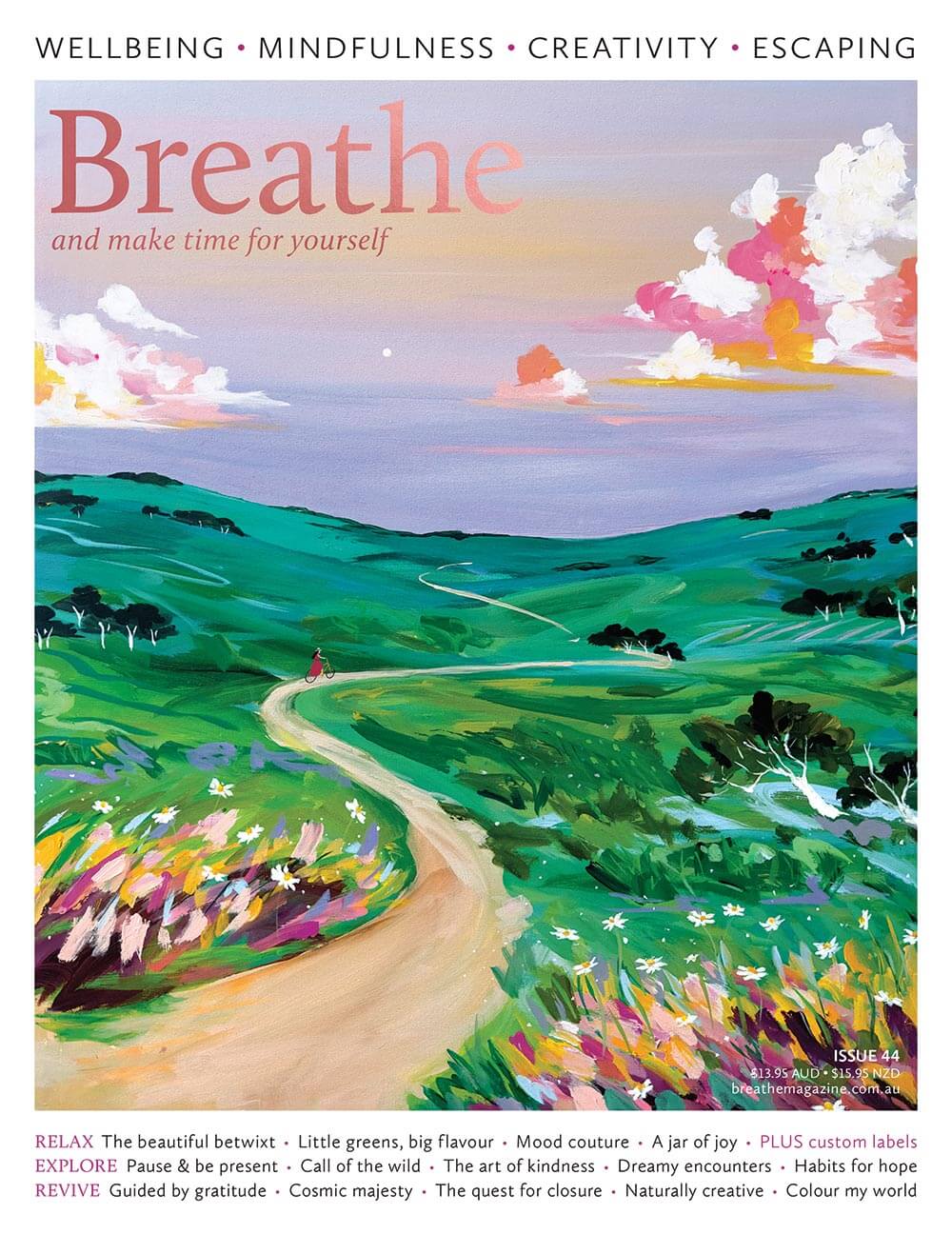
Writing down your thoughts in the present moment is a powerful practice.
Have you ever wanted to write but weren’t sure where to begin? How about starting now, in this moment? Take a notebook and pen, and begin to write.
Start with what you can see, hear and smell in the environment around you. Open your window – it could be the appearance of clouds drifting by, the sound of people chattering on the street, the smell of coffee from a nearby café. Notice all the details, down to the way your hand feels holding your pen, or the taste of the cup of tea you’re drinking. Write about the feeling of your feet in contact with the floor or describe the gentle rise and fall of your belly as you breathe. Notice how your thoughts meander, how ideas pop into your head or feelings surprise you with their intensity. Write it all down and focus on listening to your mind.
Meditation isn’t just something you can do when sitting cross-legged on a cushion, it can also be incorporated into everyday life.
Every single activity can be done with mindfulness. When you wash the dishes, you can focus on the bubbles in the sink; when you’re out cycling, you can stop to breathe while paused at red lights; as you shop for fruit and vegetables, you can marvel at the array of colour. By incorporating mindfulness into different tasks, you can bring your sense of presence away from the meditation cushion and into your everyday life.
In this sense, writing is a way to mindfully work through your thoughts and feelings in the present moment. As you do so, thoughts may pop in that feel dark, scary, exciting or challenging. Write them all down and keep returning to the present moment. Notice your breathing and how your body feels as certain thoughts come to mind. Do you tense with anxiety when you remember an important task to be done? Do you feel a warm glow in your heart when you think of a close friend or loved one? Does your breath shorten when an uncomfortable feeling arises? Do you shift in your seat when you recall an awkward or embarrassing encounter? What happens to your thoughts if you pause, take a deep breath and allow yourself to sink down into your chair?
This process allows you to create distance between you and your thoughts. Instead of being caught up and overwhelmed by them, you can be the calm observer, noticing the thoughts, recording them and then letting them go.
Writing in the present moment also puts a different perspective on writer’s block. The mind is never empty, it always has something to say. It’s a matter of listening.
Try this practice
Set a timer for however long you’d like to write. It could be 10 minutes, or it could be an hour. Even short writing sessions can be powerful. The timer acts as a container that reminds you to focus on writing and nothing else. You could also try this without a timer and then compare any differences between the types of practice. Whichever you choose, it’s your present moment.



















